In my Spanish Cedar Regulation article the case was made that the Spanish Cedar market has permanently changed and lower availability is the new normal. Spanish Cedar is still trickling out of South America but it is also now being grown on plantations in Africa. While still technically the same genus and couple of species, Cedrela odorata, fissilis, huberi, the quality and properties are not quite the same. This time I’ll provide some tips to help you buy Spanish Cedar today to ensure you get what you actually need, and I’ll discuss some better alternative species that you should consider instead.
How Are You Using Spanish Cedar?
The issue arises when someone who has worked with good quality South American Spanish Cedar before, calls and orders it without stipulating origin. The wood arrives and is immediately rejected because it won’t work for the siding project where appearance was paramount, or as a moulded product. The dealer isn’t in the wrong because they sold Spanish Cedar as requested. Certainly a case should be made that the dealer is responsible for knowing the origin and making the customer aware of the quality differences, but it is also true that some dealers may not know the differences and to them all Spanish Cedar is the same. Unfortunately, price is not the identifier as so many dealers are selling all of this material as “Spanish Cedar”. This is similar to the African Mahogany market where so many different species are lumped under one trade name yet the quality and working properties are widely different.
Alternatives to Spanish Cedar
Next time a project comes up and you think Spanish Cedar, consider some of the other species on the market and ask your dealer what they recommend. Many of our customers have made the switch away from Spanish Cedar and now they can get what they need without quality concerns and long delivery windows.

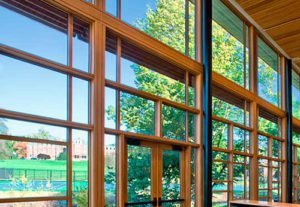
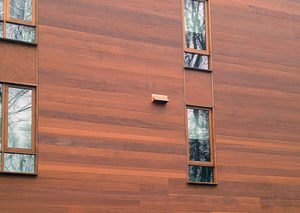
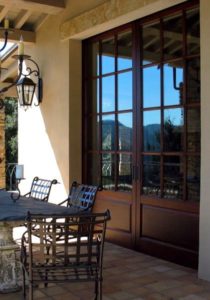
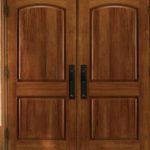
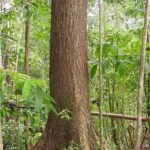
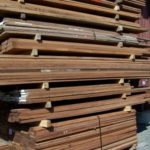
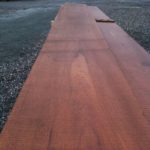
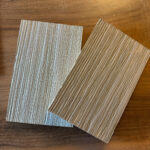
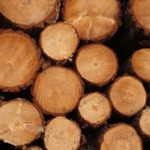


Leave a Reply